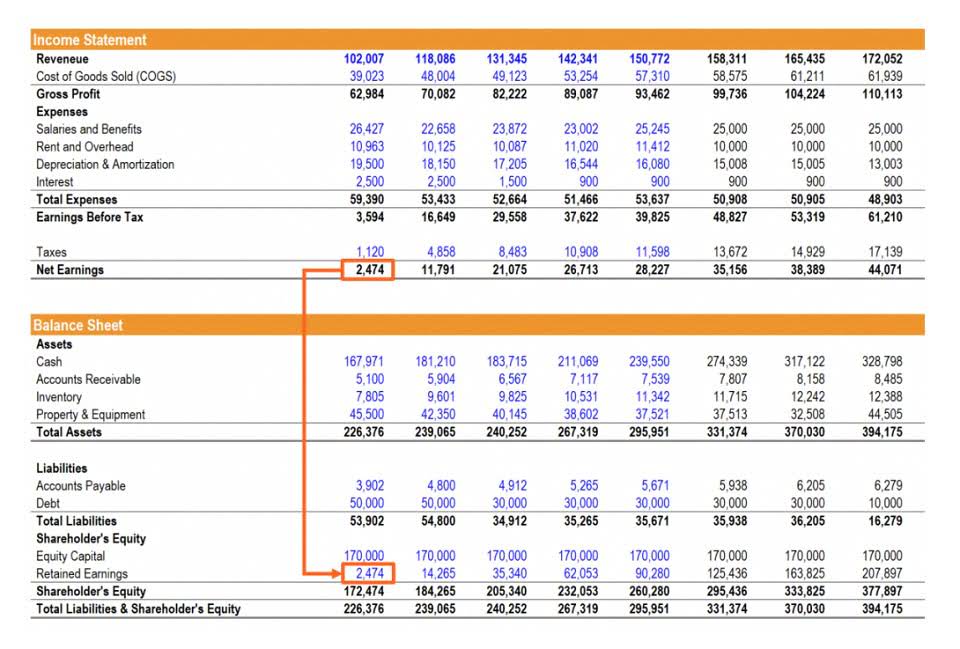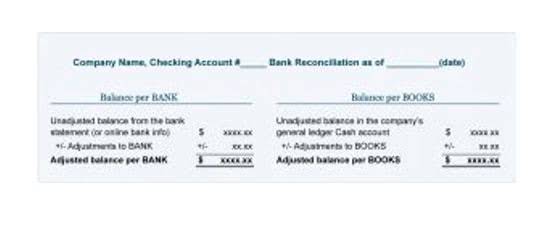Next, calculate the historical percentage of sales for each spontaneous asset and liability account from past financial statements. For example, if accounts receivable were historically 10% of sales, this percentage is applied to the projected sales to estimate future accounts receivable. These calculated percentages are then used to project the future values for all spontaneous accounts. Net income contributes to retained earnings, while dividends reduce them. These accounts automatically increase or decrease as a company’s sales change. For instance, if sales grow, a company needs more inventory and will have more accounts receivable.
In the percent-of-sales method, an increase in dividends?
The degree of combined leverage is the sum of the degree of operating leverage and the degree of financial leverage. The percent of sales method is a tool for business and financial management. It aids financial planning by helping businesses anticipate future resource needs, such as inventory or accounts receivable with increased sales. The percent of sales method is in the percent-of-sales method, an increase in dividends a financial forecasting tool used by businesses to project future financial statement accounts. It helps anticipate resource needs by assuming many accounts maintain a consistent relationship with sales. Its purpose is to provide a quick estimate of how financial statements might look given expected sales growth, aiding preliminary financial planning.
What Is the Percent of Sales Method?
- As the contribution margin rises, the breakeven point goes down.
- Will increase required new funds.
- These accounts automatically increase or decrease as a company’s sales change.
- Its purpose is to provide a quick estimate of how financial statements might look given expected sales growth, aiding preliminary financial planning.
- This enables companies to explore options like securing additional loans or equity, or planning for investment of excess funds.
These are known as “spontaneous” accounts. Examples of spontaneous assets include cash, accounts receivable, and inventory, as their levels rise or fall with sales. Spontaneous liabilities include accounts payable and accrued expenses like wages payable and taxes payable, which also adjust with HOA Accounting business activity.
- These are known as “spontaneous” accounts.
- The percent of sales method is a financial forecasting tool used by businesses to project future financial statement accounts.
- Spontaneous liabilities include accounts payable and accrued expenses like wages payable and taxes payable, which also adjust with business activity.
- In contrast, “non-spontaneous” or “discretionary” accounts do not directly vary with sales.
- An increase in sales and/or profits means there is also an increase in cash on the balance sheet.
- Purchases from suppliers will also increase, leading to higher accounts payable.
Calculate the price of your order
Learn how the percent of sales method projects future financial needs based on sales growth. A lower price for the firm’s product will reduce the firm’s breakeven point. Sales were from beginning inventory until it was depleted, and then use sales from current production. An increase in sales and/or profits means there is also an increase in cash on the balance sheet. Operating leverage emphasizes the impact of using fixed assets in the business.
Will decrease required new funds. Has no effect on required new funds. Will increase required new funds. The percent-of-sales https://biodecodificacion.net/the-essential-guide-to-nonprofit-accounting-sbhq/ forecast is likely to be most accurate when used with cyclical companies. Linear break-even analysis assumes that costs are linear functions of volume. Operating leverage determines how income from operations is to be divided between debt holders and stockholders.








